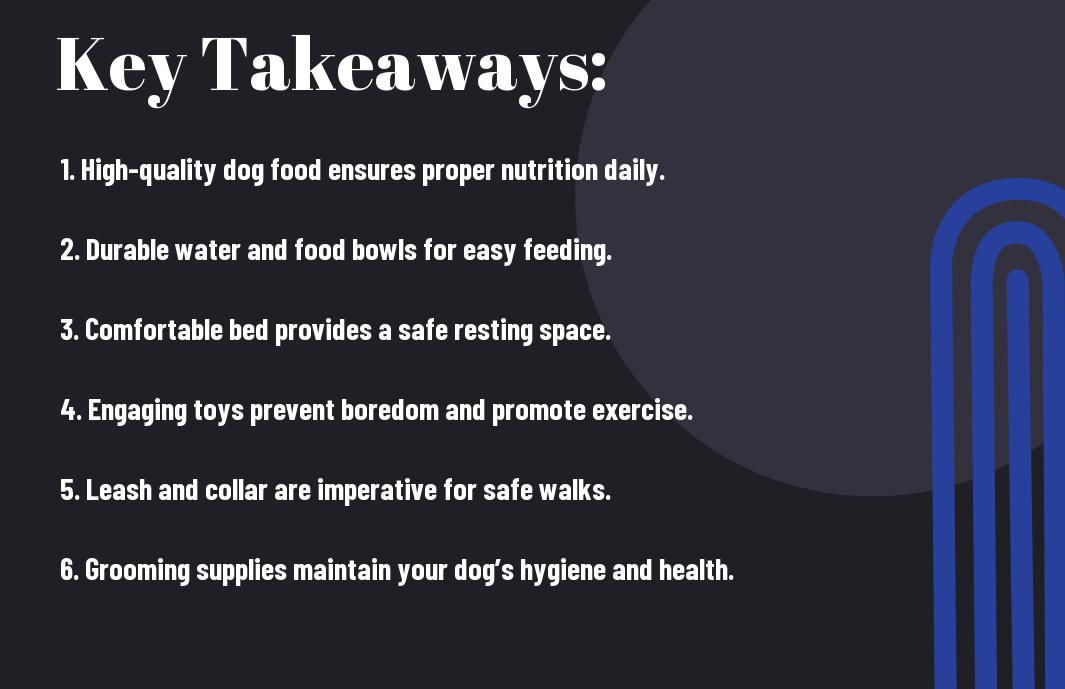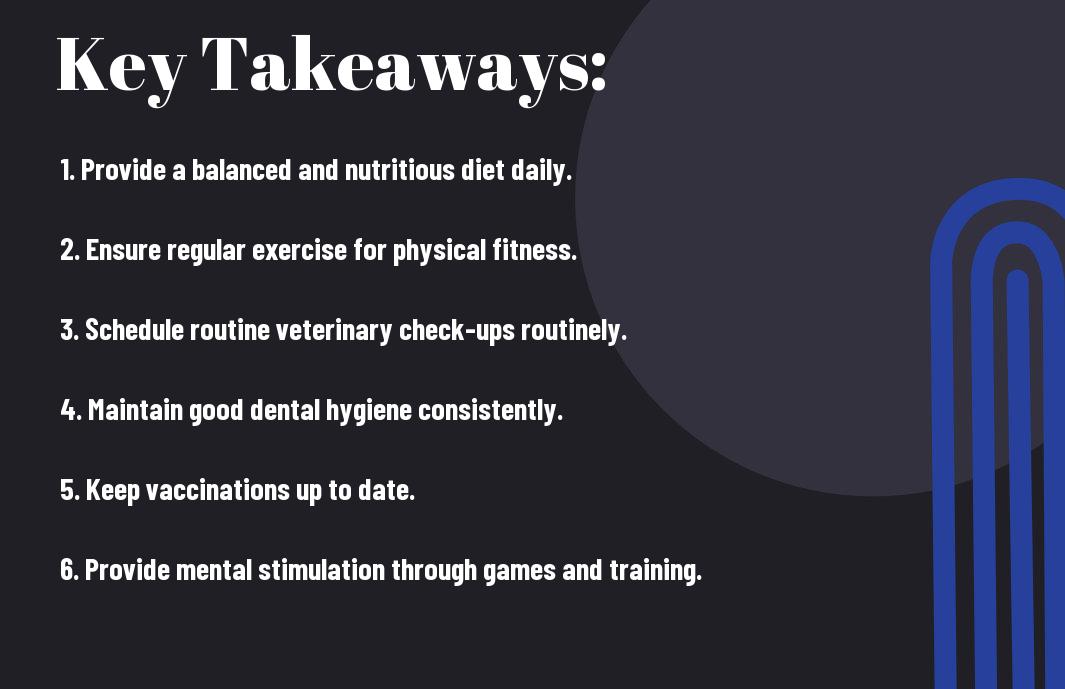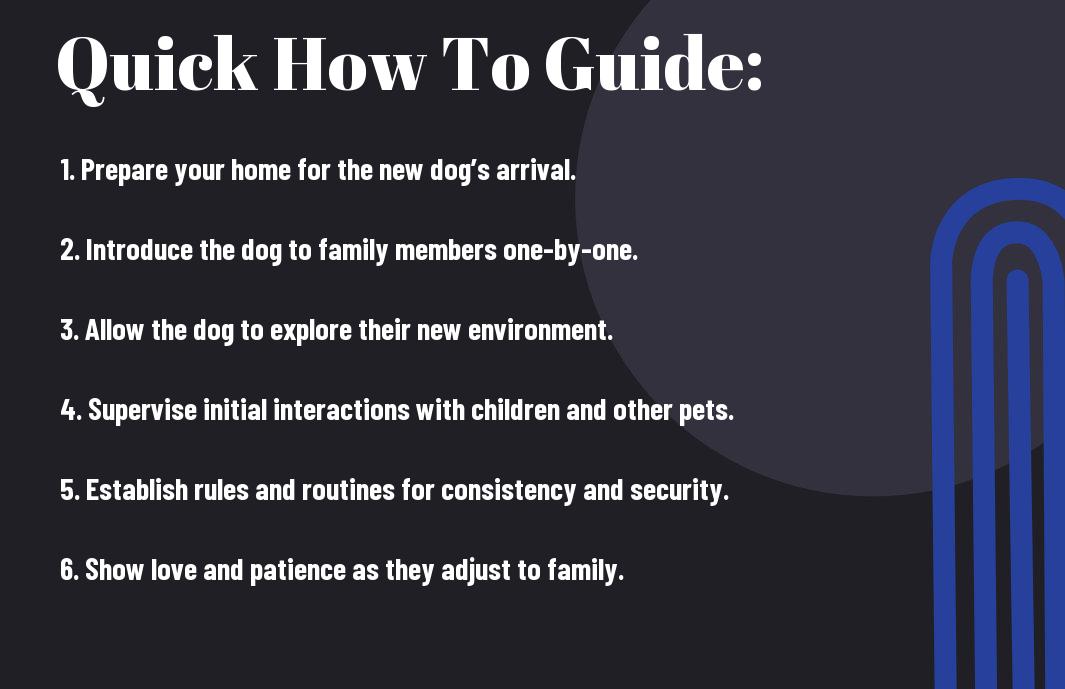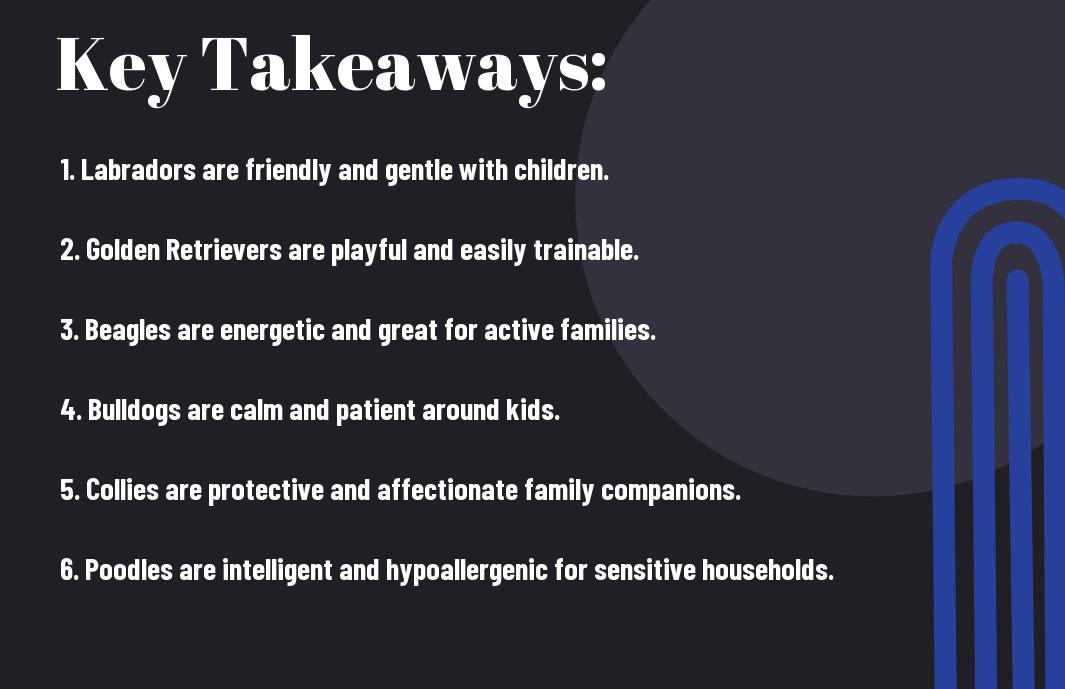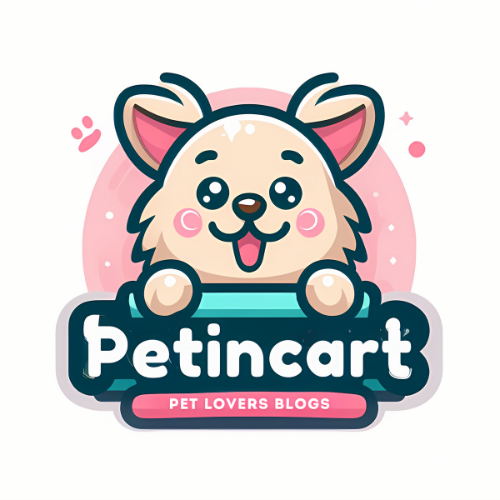Many dog owners struggle with shedding issues, which can lead to frustration and unwanted messes around your home. Understanding the factors that contribute to shedding can help you manage it effectively. In this guide, you will learn practical tips and techniques to minimize shedding, keeping your dog’s coat healthy while ensuring a cleaner living environment for you and your family. Whether your furry friend has a light or heavy coat, the right approach will make all the difference in tackling this common challenge.

Understanding Shedding in Dogs
As a dog owner, you may find yourself grappling with the shedding that comes with your furry companion. Shedding is a natural process for dogs, but understanding why it occurs and the factors that influence it is imperative for managing your pet’s coat effectively. Various elements can affect the amount and frequency of shedding, which in turn, can guide you in making appropriate grooming choices and maintaining a clean environment in your home.
Factors That Influence Shedding
With numerous variables at play, you’ll find that your dog’s shedding can vary significantly. Age, breed, health, and even the season can all contribute to how much your dog sheds. For instance, puppies often shed their baby fur as they transition into adulthood, while older dogs may experience changes in their coat quality that lead to more shedding. Additionally, breeds such as Labrador Retrievers and Siberian Huskies are known for their heavy shed cycles, especially during seasonal changes. Other factors that may affect shedding include:
- Diet and nutrition
- Stress levels
- Overall health and medical conditions
- Environmental factors, such as humidity and temperature
Perceiving the nuances of your dog’s shedding can empower you to establish a proactive grooming routine and recognize potential health issues that may warrant veterinary attention.
Common Breeds and Their Shedding Patterns
Dogs are known for their beautiful coats, yet some breeds come with a price in terms of shedding. Understanding the shedding patterns specific to various breeds will help you prepare and manage your dog’s grooming needs. For example, breeds like Golden Retrievers and German Shepherds tend to have seasonal sheds where fur comes off in clumps, while smaller breeds like Beagles may have a less noticeable shedding cycle but still require regular grooming.
Common shedding breeds include the Dachshund and Boxer as well, each with their own unique patterns. The Dachshund has a double coat that requires consistent brushing, while Boxers have short hair that sheds year-round but can be maintained with weekly grooming sessions to keep the fur from accumulating in your home. Being informed about these shedding traits will aid you in creating a grooming plan that suits your dog’s individual needs.

How to Minimize Shedding
Clearly, managing shedding in dogs is a task that requires your attention and the right techniques. By implementing specific grooming methods and optimizing your dog’s diet, you can effectively minimize the amount of loose hair around your home. This not only keeps your living space cleaner but also promotes a healthier and happier coat for your furry friend.
Grooming Techniques and Tools
For effective shedding control, it is crucial to adopt a consistent grooming routine using the right tools. You should invest in high-quality brushes appropriate for your dog’s coat type. For instance, slicker brushes work well for long-haired breeds, while bristle brushes are more suited for short-haired varieties. Regular brushing helps remove loose fur and prevents matting, making it a vital part of your care regimen.
In addition to brushing, consider the use of deshedding tools, which are specifically designed to reduce excessive shedding. These tools reach deeper into the undercoat, removing loose hairs without damaging your dog’s topcoat. Combine this practice with occasional baths using specialized shampoos that help to reduce shedding and keep your pup’s skin healthy. This proactive approach ensures a cleaner environment and a comfortable coat for your pet.
Diet and Nutrition Tips
Diet plays a significant role in your dog’s overall health and shedding. Incorporating a balanced diet rich in omega-3 fatty acids can enhance the condition of your dog’s skin and coat, thereby reducing shedding. High-quality dog food that contains crucial nutrients such as proteins, vitamins, and minerals will support a shiny, healthy coat. Supplementing their meals with fish oil or flaxseed oil can also provide the added benefits that contribute to skin health.
- Include lean proteins for better coat health.
- Consider using supplements like omega fatty acids.
- Provide a diet rich in natural ingredients.
- Consult with your veterinarian about dietary changes.
- Any modifications to your dog’s diet should be gradual.
To further enhance your dog’s diet, focus on providing plenty of fresh water and avoiding fillers in their food. Hydration is vital for skin health, and a well-hydrated dog may shed less. It’s also crucial to monitor your dog’s weight and adjust their food intake accordingly, as obesity can lead to excessive shedding and skin issues. Keep an eye on any food allergies or intolerances that could impact their coat condition.
- Ensure your dog has access to clean, fresh water at all times.
- Check ingredients for quality; avoid fillers and artificial additives.
- Monitor your dog’s weight regularly.
- Look out for signs of allergies that may affect their coat.
- Any dietary changes should be discussed with your veterinarian for guidance.
Managing Shedding at Home
All dog owners know that shedding is a natural part of owning a pet, but it doesn’t have to lead to a chaotic home environment. Effective management of shedding can keep your living space cleaner and more comfortable. This can be achieved through strategic cleaning tips and the right tools to help minimize the impact of loose fur. Investing in high-quality vacuum cleaners designed specifically for pet hair can significantly lessen your workload and ensure that you tackle the problem with efficiency. Additionally, using lint rollers and washable pet hair removers on furniture and clothing can help keep everything fur-free.
Cleaning Tips and Tools
One of the simplest ways to combat shedding is to establish a regular cleaning routine using the right tools. Here are some effective cleaning tips you can implement:
- Vacuum at least once or twice a week to keep on top of shedding.
- Use fabric softeners when washing dog blankets and bedding to help remove loose hair.
- Consider investing in a pet-specific vacuum cleaner with attachments designed for furniture and upholstery.
- Keep a lint roller in accessible locations for quick cleanups.
Recognizing the importance of incorporating these tools and tips into your home maintenance can help you deal with your dog’s shedding in a seamless manner.
Creating a Shedding Schedule
An effective way to manage shedding in your home is to create a shedding schedule that aligns with your dog’s grooming and shedding patterns. By grooming your dog regularly, you can significantly reduce the amount of fur that ends up on your floors and furniture. For instance, if you know your dog sheds heavily during certain seasons, you can schedule more frequent brushing sessions during these periods. Additionally, consider timing these sessions before important events or after you have cleaned, to mitigate mess.
With a well-planned shedding schedule, you can not only keep your house cleaner but also proactively support your dog’s health and comfort. This routine will allow you to track your dog’s shedding behavior, making it easier to adjust grooming frequency as needed. By committing to regular grooming sessions and adjusting your schedule according to shedding patterns, you will find it easier to manage the fur in your home, making for a more enjoyable living environment for both you and your furry friend.
When to Consult a Veterinarian
Despite your best efforts to manage your dog’s shedding, there may be times when it’s necessary to consult a veterinarian. If you notice a significant increase in hair loss or if your dog is experiencing bald patches, it’s vital to seek professional advice. In addition, other symptoms such as skin irritation, excessive scratching, or changes in behavior could indicate underlying health issues that require immediate attention. A veterinarian can help diagnose the problem and recommend an appropriate treatment plan to get your pup back to optimal health.
Identifying Abnormal Shedding Patterns
You should pay close attention to your dog’s shedding patterns as they can indicate issues beyond seasonal changes. If you notice that your dog is shedding excessively and it seems out of the ordinary, it may be a sign of stress, poor nutrition, or even underlying health problems. Keeping track of these patterns can provide valuable information to your veterinarian and help identify any necessary interventions.
You might also want to consider the texture of your dog’s fur when assessing shedding. If the hair appears dull or brittle, or if you’re finding more than just the usual stray hairs on your clothing and furniture, this could signal a health concern. Observing these abnormal shedding patterns can help you determine when it’s time to reach out for professional help.
Skin Health and Allergies
Skin issues and allergies are common culprits behind excessive shedding in dogs. If your dog is scratching more than usual, licking their paws obsessively, or developing red, inflamed patches on their skin, it might indicate an allergic reaction or skin condition. Dogs can be sensitive to a variety of allergens, including food, pollen, and certain materials, which can lead to significant discomfort and increased shedding.
Shedding may occur as a result of skin infections or irritations, which can cause the skin to become inflamed and unhealthy. By addressing your dog’s skin health with the help of a veterinarian, you can identify potential allergens or infections that need treatment. Early intervention can make a significant difference in your dog’s comfort and overall well-being, ensuring that shedding is manageable and not tied to more serious health concerns.
Tips for Seasonal Shedding
Your dog’s seasonal shedding can be managed effectively with the right strategies in place. Understanding when to expect those furry outbursts can help you prepare better. Here are a few tips to consider:
- Monitor your dog’s behavior and fur changes in anticipation of shedding seasons.
- Invest in high-quality grooming tools to manage and minimize shedding.
- Adjust your dog’s diet to include omega-3 fatty acids which promote healthy skin and coat.
The consistency in these practices will aid you in keeping your home cleaner and your dog comfortable during shedding periods.
Preparing for Seasonal Changes
Preparing your home and routine for the changing seasons can substantially alleviate the stress of shedding. It’s wise to schedule regular grooming sessions before the shedding phase peaks, allowing you to remove loose hair in advance. Additionally, incorporating a shedding routine into your cleaning schedule will help you keep fur buildup to a minimum.
Equipping yourself with the right supplies ahead of time can also make a noticeable difference. Stocking up on lint rollers, vacuum bags, and grooming tools will ensure you are well-prepared when your dog starts to shed. This proactive approach can enhance the overall cleanliness of your living space and provide relief for both you and your pet.
Seasonal Grooming Tips
An effective grooming routine during shedding seasons can significantly minimize the mess while promoting your dog’s well-being. Brushing your dog regularly helps to remove loose fur and stimulates natural oils in the skin. Here are some seasonal grooming tips you may find helpful:
- Establish a regular brushing schedule to keep up with the shedding.
- Select grooming tools that are designed for your dog’s specific coat type.
- Provide a designated grooming area to make the process more efficient.
Thou can easily turn grooming into a bonding activity by providing treats and praise during the process, making it a more enjoyable experience for both you and your dog.
Another key aspect of seasonal grooming is to consider your dog’s bathing routine. A thorough bath during the shedding season can help remove dead hair and skin, reducing the amount of fur in your home. If you choose to bathe your dog, make sure to use a gentle, hypoallergenic shampoo suitable for your dog’s skin.
- Follow up bath time with a thorough drying process to keep your dog comfortable.
- Utilize an undercoat rake if your dog has a double coat, as this helps reach the underlayer.
- Be patient and reward your dog throughout the grooming process to encourage cooperation.
Thou will find that consistency in grooming routines will lead to a smoother shedding season and a much happier dog.
Maintaining a Healthy Environment
Many pet owners overlook the importance of maintaining a healthy environment for their dogs, which can significantly impact shedding issues. An optimal living space not only promotes your dog’s well-being but also minimizes the accumulation of fur and allergens around your home. Ensuring that your dog’s environment is clean and safe is a key step in managing shedding. Regular cleaning, proper airflow, and thoughtful organization can all contribute to a more comfortable atmosphere for both you and your furry friend.
Air Quality and Dog Health
Quality air is fundamental in supporting your dog’s overall health and comfort. Poor air quality can lead to increased shedding and skin irritations, as allergens and dust can exacerbate these issues. You can improve air quality by using air purifiers, keeping windows open for ventilation, and regularly changing air filters in your home, particularly if you live in a humid or polluted area. By taking these steps, you not only reduce allergens but can also support your dog’s respiratory health, leading to less shedding and a happier pet.
Routine Home Maintenance
Some maintenance tasks may seem tedious but are necessary to keep shedding under control. Regularly vacuuming and sweeping your floors can help remove loose fur before it settles into your carpets and upholstery. Additionally, washing your dog’s bedding and toys frequently will eliminate pet dander and fur buildup, which can contribute to air quality issues and aggravate allergies. Keeping your space tidy helps create an environment where your dog can thrive while also reducing your workload in managing shedding.
Environment plays a vital role in keeping both your dog and your home healthy. Pay attention to areas where fur tends to accumulate, and consider using furniture covers that can be washed when needed. Regular grooming, such as brushing your dog outdoors, can also help minimize fur inside your home. Ultimately, maintaining a scheduled cleaning routine and addressing any air quality concerns will create a supportive environment that fosters your dog’s well-being and reduces the challenges of shedding.
Summing up
From above, it is clear that handling shedding issues in dogs requires a proactive approach tailored to your pet’s specific needs. By maintaining a consistent grooming routine, choosing the right tools, and providing a balanced diet, you can significantly reduce excessive shedding. Additionally, understanding factors such as the time of year and your dog’s breed will help you anticipate the shedding cycle, allowing you to prepare for it effectively. Incorporating regular vet visits into your schedule will also ensure that any underlying health issues are addressed promptly, further aiding in the management of shedding.
Ultimately, your commitment to caring for your dog’s coat will not only minimize shedding but also enhance your bond with your pet. Creating a clean environment through regular cleaning and using pet-specific products will contribute to a more harmonious living space. By being attentive to your dog’s grooming needs and overall health, you can enjoy a fur-free home and a happy, healthy dog.
